Geodynamos --- What causes Geomagnetism, and the things your bicycle knows.

So, because I love doing things a bit more different from everyone else, and I feel that maybe not everyone has the patience and time to read these overly extended articles to the end enough to realize why I write them, and what steemSTEM stands for, maybe here's as good a spot as any to shamelessly place a big proud ad.
SteemSTEM is a community-driven project that now runs on Steem for more than 1.5 year. We seek to build a community of science lovers and to make the Steem blockchain a better place for Science Technology Engineering and Mathematics (STEM). More information can be found on the @steemstem blog, on our discord server and in the last project report.
There. I feel better now.

The image above depicts an Aurora or the Northern lights. It is basically a display of colourful, shimmering curtains of light in the night sky, and it usually occurs above the arctic regions of the earth. With bright wavy streaks of yellow and green, lights, the Aurora is recognized to be one of the most spectacular views that nature allows man the privilege to see. However, this post is not so much as interested in the Northern lights as it is about the Phenomena that birth's it. — The interaction of the earth's magnetic fields with the Sun's hot radiation particles. Regardless, i would explain how this works in briefly:
You see, it takes just about 8 minutes for solar radiation to reach earth. and sometimes these radiations come with thousands of supercharged plasma particles with them. Now, our earth's Magnetic field is our first protective layer against such radiations (as they could be very harmful to life). So, rather than fend it off completely, earth's magnetic field acts as a channel where some of these radiations blowing past gets caught up and channeled into the earth's atmosphere, mostly from the polar regions. This is because the earth's magnetic line of force enters and leaves earth from these areas, so the hot radiation from the sun are simply channeled that way. Long story short: As the supercharged articles enter the atmosphere, they collide with atoms of nitrogen and oxygen to excite them, and in a bit to return to their ground, non-excited state, these atoms give off the energy as photons or light.
The study of the earth's Magnetism is known as Geomagnetism, and to understand this concept, we might have to go back to the basics to find why it exists.

The basics of Geomagnetism: Electromagnetism!
So i did mention earth having a magnetic field, and from what we know about magnets, they're some pretty interesting stuff to have around. You bring them close to some metals that contain iron and they cling to it. It takes some amount of force to separate magnets from metals. Surely, one must have imagined how mighty earth's magnetism must be, coupled with the fact that we already have gravity pulling from all angles towards the surface of the earth. However, contrary to what we might believe already, the earth's magnetic field (though it spans several hundreds of kilometers into outer space) is as much as powerful in magnitude in comparison to our regular bar magnets. In fact, science records that the Earth's magnetic field is about 40,000 times weaker that the soft-core magnets on the doors of our refrigerators at home.
By definition, Geomagnetism is a combination of the two words Geo — meaning Earth, and magnetism. The Geographical poles of the earth seem to behave as though there is one huge magnet connecting them from the north all the way through the center of the earth, down to the south end. However, it so happened that this "Imaginary magnet" isn't exactly aligned with the north and south poles. Rather, it seems it is inclined off the center of the earth by some 11o. And from what we know about magnets, their magnetic lines of force moves from the north end of the magnet towards the south end of the magnet, and we would expect nothing more from our imaginary magnet. However, it seems someone had this magnet inserted the wrong way after all, as scientists (through experiments), discovered that our imaginary magnet has it's north end facing the Geographical south pole, and it's south facing the geographical north pole. Hence the rule of magnetism still stands, but earth has the magnetic lines of force of its magnetic field coming from the Geographical South pole towards the geographical North pole. Reverse-magnetism? not at all.
On way science explains and demonstrates this is by the use of a compass, and the principle that affirms that Unlike poles attracts and like poles repel. The Needle of a compass is a magnet with both ends intact, and the north side always painted (mostly red). When held steady, the north end of a compass would always point geographical North, regardless of what direction the wielder was facing. This would only be possible if there was some sorta attractive force pulling that end of a magnet towards that particular direction every time. Say, the south end of another invisible magnet powerful enough to tilt.
That way, we affirmed that our hypothesis was correct! - Earth's magnetic South was located at the Geographic North. But it still didn't explain why this magnetic field even occurred, or where it came from.
In about 1820, Hans Ørsted first, and then Ampere with his current-in-a-wire experiment showed that a magnetic field existed around a current carrying conductor, and the magnetic lines of force formed concentric circles around the wire. It was also discovered that the direction of the magnetic lines of force were always in a particular direction to the current flow. This was given by the Right-hand-thumb rule
By 1831, however, Michael Faraday came into the picture with some experiments. Working closely with Sir Humphrey Davy, Faraday demonstrated that electricity and magnetism went hand in hand when he discovered that just as a magnetic field existed around a current carrying conductor, a moving magnetic field around a wire could as well generate electricity in return, and that the direction of this magnetic field lines would determine the direction which the electric charges flowed.
And so it went, that by having a magnet moving around a wire at a fast enough speed, we could generate electricity and that the motion of the charges in this generated electricity, in turn, creates a magnetic field. It doesn't end.
Well, not directly. But you see, this whole thing kinda creates a self-sustaining cycle of magnetic and electric fields and its principle is applied to your generators and dynamos for supplying electricity to your bicycles. And is very much the basic principle behind earth's geomagnetism that happens several kilometers deep into the soil. This is regarded as The Dynamo effect.
The Dynamo effect: The reason for Earth's magnetic field.

Earth's lithosphere, much like an onion, is made up of five layers namely: The Crust (where you are on, reading a STEM article), the upper and lower mantles and the outer and inner cores. The supercharged iron-based inner core exists as the center of the earth with a hellish temperature of about 6000oC. From what we know about temperatures and heating effects, the elements should be flat-out liquid and plasma at this zone (especially since 6000oC) is just about the same temperature as our Sun's surface! But No! Even at that temperature, earth's inner core remains a solid as ever, mainly due to two things: Gravity, and the effect of pressure at this zone. Imagine the whole atmospheric + oceanic pressures coupled with the pressure from the mantles and the outer crust of the earth's lithosphere all focused on one area, - The center. Gravity at this zone is so strong that it keeps the core in one piece, regardless of the fervent heat.
Surrounding this inner core is the outer core, a layer containing a mixture of iron, nickel and trace quantities of some other elements. The outer core is just about 2000km thick and is roughly at a temperature of 2400oC with even lesser pressure and gravity. Hence, things are a lot easier in this zone, and the elements are in a liquid state as well.
Since this zone is liquid, relative motion between particles (flow) is possible, and by inferring the same principles that govern the dynamo (where magnetic motion creates electricity and vice versa), we discover that the motion of the molten elements could (by convection), create minute magnetic fields. This hypothesis is buttressed by the idea that as the molten core flows, the difference in temperature and pressure between the inner and outer layers of this same core causes dense matter to sink to the bottom whilst hot and less dense matter rise up to take its place. Thus, (since the core is a soup of iron containing highly charged particles) an electric is created, which in turn creates a magnetic field, and so it goes.
Also, earth's rotation plays a big role in all of this by spinning the molten matter like a whirlpool. Hence, centralizing all of the magnetism towards the center to make one big magnetic field that stretches into outer space. This effect of movement caused by the motion of the earth is termed the Coriolis effect!
All of these happen simultaneously, and come together to be responsible for earth's continuous magnetic field.
Well, there you go. So, the next time you're on a hike with your bicycle, and someone happens to wonder how the earth's magnetic field works, and how it's sustained, you'll be proud to give a warm smile and tell 'em that you know and understand it. And don't forget to give your bicycle a light tap for being an intelligent machine as well, because it knows too!
References:
Wikipedia -- Earth's magnetic field
Whileponderin -- Geomagnetism, a study on earth's magnetic field
HSW -- How compasses work, and the Earth's magnetic field
Physics.org -- What causes the earth's magnetic field


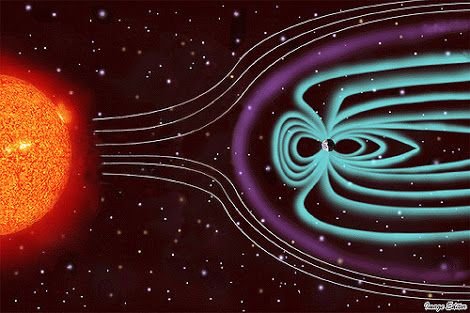
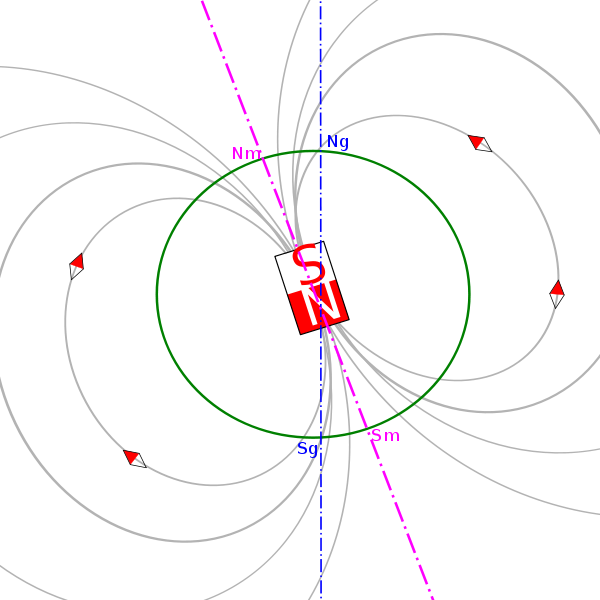
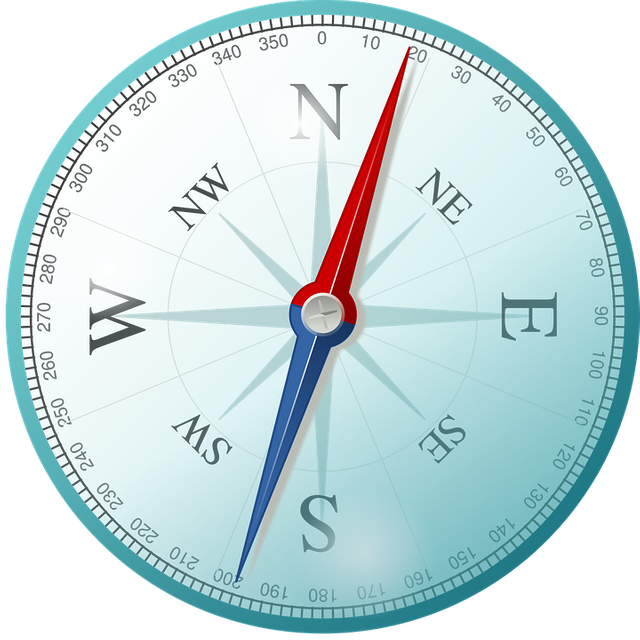
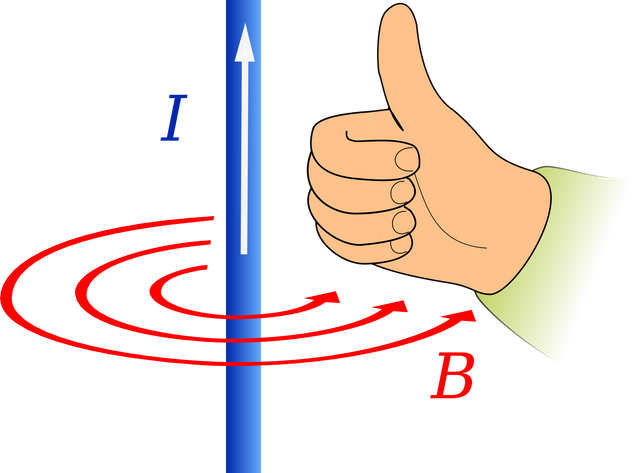
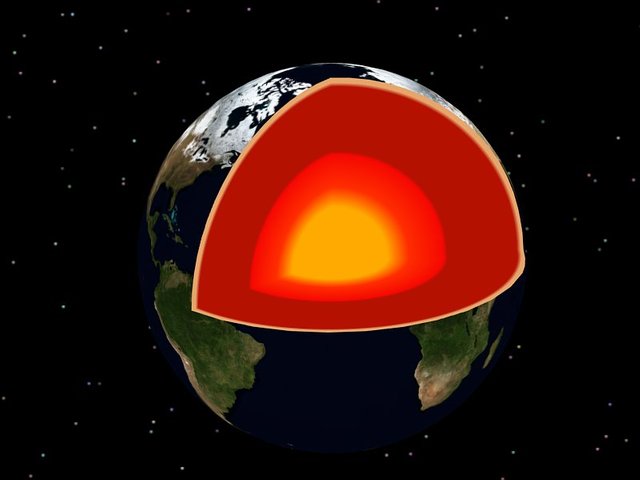
I remember when I traveled , I saw a bicycle with a little box-like thing attached to the wheel, Now I know whats its used for, this is a very good post @pangoli
Yup.. That was a dynamo, in all its glory.
I think I like the recent looks though. You know, most modern bicycles that have them at all use a dynamo hub now.
Nice explanations. Electromagnetism is a bit special for me as this consists in the first topic I had to design lectures on it from scratch ^^
Suggestion: maybe could you add references, within the text, to the biography of the scientists you mentioned :)
I did fall in love with the concept of electromagnetism the first time it was explained to me. You know, Oersted, Faraday and the rest of them. I'm sure your students had no problems at all. I've seen the way you write with simplicity.
About the reference bit, good idea sir! in a minute. :-)
It was good fun. Writing those lecture notes was also a good occasion to me to finally understand how electromagnetism in matter worked :D
Electromagnetism touches every area of science, it is the backbone of quantum physics:D
I really enjoyed reading your post@pangoli
Thank you Victor... Magnets, have you got any? 😂
Yea , sure .
I have always wanted to see an Aurora.
Maybe sometime on my lifetime, i will.
The importance of magnets spans from that simple dynamo to the big electical generators we use.
Nicely written sir.
Let's see Finland then... one could have a great view from there.